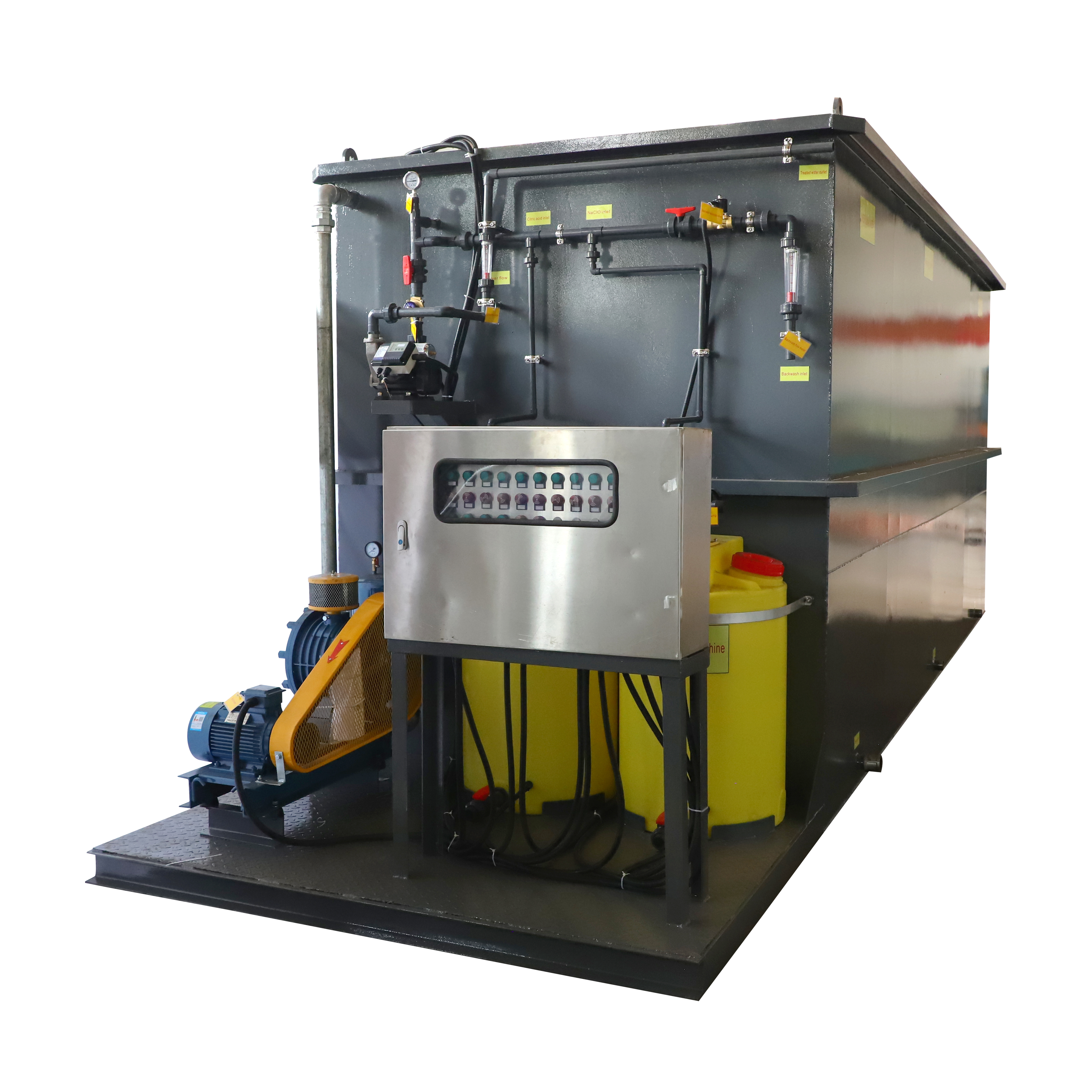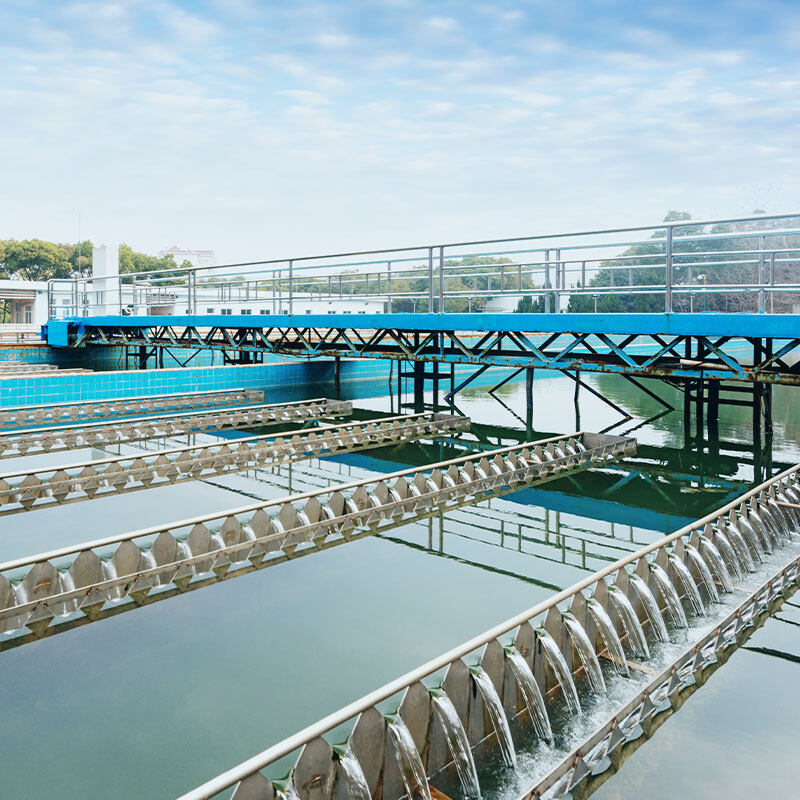Wholesale Integrated Sewage Treatment Equipment: Revolutionizing Water Management Solutions
In today's era of environmental consciousness and sustainability, effective sewage treatment is crucial for maintaining clean water sources and protecting public health. Wholesale integrated sewage treatment equipment plays a pivotal role in this landscape, offering comprehensive solutions that cater to diverse industrial and municipal needs. This blog explores the significance of wholesale integrated sewage treatment equipment, its components, applications, technological advancements, and the imperative shift towards sustainable water management practices.
Understanding Integrated Sewage Treatment Equipment
What is Integrated Sewage Treatment Equipment?
Integrated sewage treatment equipment refers to comprehensive systems designed to treat wastewater efficiently and effectively. These systems integrate various processes such as filtration, biological treatment, disinfection, and sludge management into a single unit or network of units. They are crucial for purifying wastewater before it is discharged back into the environment or reused for other purposes.
Components of Integrated Sewage Treatment Equipment
1. Preliminary Treatment
- Screening: Removes large debris and solids from the wastewater stream.
- Grit Removal: Eliminates sand, gravel, and other abrasive materials.
2. Primary Treatment
- Sedimentation: Allows solids to settle out of the wastewater through gravitational settling.
- Filtration: Further removes suspended solids to clarify the wastewater.
3. Secondary Treatment
- Biological Treatment: Uses microorganisms to break down organic matter and nutrients present in the wastewater.
- Aeration: Provides oxygen to support the growth and activity of aerobic bacteria.
4. Tertiary Treatment
- Disinfection: Kills harmful pathogens and microorganisms using methods such as chlorination, ultraviolet (UV) radiation, or ozonation.
- Nutrient Removal: Reduces nitrogen and phosphorus levels to prevent eutrophication in receiving water bodies.
Applications of Wholesale Integrated Sewage Treatment Equipment
Municipal Applications
Wholesale integrated sewage treatment equipment is extensively used in municipal settings for:
- Wastewater Treatment Plants (WWTPs): Treating sewage from households and commercial establishments before releasing it into rivers or oceans.
- Decentralized Systems: Providing wastewater treatment solutions for small communities or remote areas.
Industrial Applications
Industries rely on integrated sewage treatment equipment for:
- Industrial Wastewater Treatment: Removing contaminants and pollutants from manufacturing processes before discharge.
- Water Reuse: Recycling treated wastewater for industrial processes to conserve freshwater resources.
Agricultural Applications
In agriculture, integrated sewage treatment equipment is used for:
- Livestock Farming: Treating animal waste to prevent water pollution and environmental degradation.
- Irrigation: Purifying wastewater for agricultural irrigation to enhance water efficiency.
Technological Advancements in Integrated Sewage Treatment Equipment
Automation and Control Systems
Modern integrated sewage treatment equipment incorporates advanced automation and control systems to:
- Monitor Performance: Continuously monitor key parameters such as pH, dissolved oxygen, and turbidity.
- Optimize Operations: Adjust process parameters in real-time to maximize treatment efficiency and reduce energy consumption.
Membrane Technology
- Membrane Bioreactors (MBRs): Combine biological treatment with membrane filtration to achieve high-efficiency wastewater purification.
- Reverse Osmosis (RO): Removes dissolved contaminants and salts from wastewater for water reuse applications.
Energy Efficiency
- Anaerobic Digestion: Produces biogas from organic waste during sewage treatment, which can be used to generate electricity or heat.
- Energy Recovery Systems: Recovers energy from wastewater treatment processes, such as through the use of turbines or heat exchangers.
Sustainability and Environmental Impact
Reduced Carbon Footprint
Wholesale integrated sewage treatment equipment contributes to sustainability by:
- Energy-efficient Design: Minimizing energy consumption through innovative technologies and process optimization.
- Reduced Chemical Usage: Employing biological treatment methods to reduce reliance on chemical additives.
Compliance with Regulations
- Environmental Standards: Ensuring treated wastewater meets stringent environmental regulations and discharge limits.
- Water Conservation: Promoting the responsible use and reuse of water resources to mitigate water scarcity issues.
The Future of Wholesale Integrated Sewage Treatment Equipment
Innovations in Water Treatment Technologies
Future trends in wholesale integrated sewage treatment equipment include:
- Smart Water Management: Utilizing Internet of Things (IoT) devices and sensors for real-time monitoring and predictive maintenance.
- Modular and Scalable Systems: Designing flexible systems that can be easily expanded or adapted to changing wastewater treatment needs.
Public Awareness and Education
- Community Engagement: Increasing public awareness about the importance of wastewater treatment and sustainable water management practices.
- Educational Initiatives: Promoting water conservation and pollution prevention strategies among industries, municipalities, and individuals.
Conclusion
Wholesale integrated sewage treatment equipment represents a critical component of modern water management infrastructure, addressing the growing challenges of urbanization, industrialization, and environmental sustainability. By embracing advanced technologies, promoting energy efficiency, and adhering to stringent regulatory standards, these systems play a vital role in safeguarding water quality and ensuring a sustainable future for generations to come.
As industries and municipalities continue to prioritize environmental stewardship and resource efficiency, the demand for wholesale integrated sewage treatment equipment is expected to rise. Innovations in technology and a commitment to sustainable practices will drive the evolution of sewage treatment systems, further enhancing their effectiveness and reducing their environmental footprint.



